Use this PDF to inspect and prepare your rental property exterior and interiors each spring for budget-saving routine maintenance and potential safety hazards.
This fillable PDF template includes:
- Property address and date completed fields to keep track of multiple properties
- Checkboxes for for easy filling on tablet or mobile as you progress through maintenance tasks
TIP: Keep these in your property file as a record of regular property maintenance, inspection, and site visits.
What’s inside:
Check for damage to your roof, clean gutters and downspouts.
Cracked, buckled or loose shingles need to be replaced along with those missing any granules. Keep debris from accumulating in gutters, eliminate sags and dips and be sure downspouts drain away from the foundation.
Remove dead tress from the yard, trim healthy tress and bushes back from utility wires.
Hire a licensed and insured professional to trim dead branches and cut down large trees. In addition to preventing damage to the house, a clean yard deters thieves.
Repair cracked, broken, or uneven driveways, walkways, and stairs.
Replace any broken or weak deck boards and inspect handrails and grab bars to prevent injuries from falls. Sharp edges, splintered or rotting wood, rusted nails or nail pops can also be a liability hazard.
Inspect your smoke and carbon monoxide alarms; one should be installed on each floor.
Test alarms monthly. Change the batteries twice a year or more frequently as needed. Ensure tenants do not disconnect or remove the alarms.
Make sure your multipurpose fire extinguisher is full and properly pressurized.
Store the extinguisher in an accessible location and follow the manufacturer’s instructions for routine maintenance.
Repair electrical outlets that have frayed wires or loose-fitting plugs as they are potential fire hazards.
Be sure outlets, breaker/fuse boxes and extension cords are not overloaded.
Clean the space under the dryer and the dryer exhaust duct. Check washer supply lines.
Remove all lint, dust and pieces of material as these are a leading cause of fires in the home. Inspect washer supply lines for any necessary replacement.
Have your air-conditioning system inspected and ducts cleaned by a professional.
Check hoses for leaks, and make sure everything is draining properly. Clean or replace your HVAC filter on a monthly basis.
Check your water heater for leaks and rust. If this damage is found, you may need to replace it.
Follow manufacturer’s instructions on draining to remove sediment that can shorten its life.
Test your sump pump to be sure it comes on when water is poured into the sump pit.
Install a battery backup pump as “insurance” against water damage.



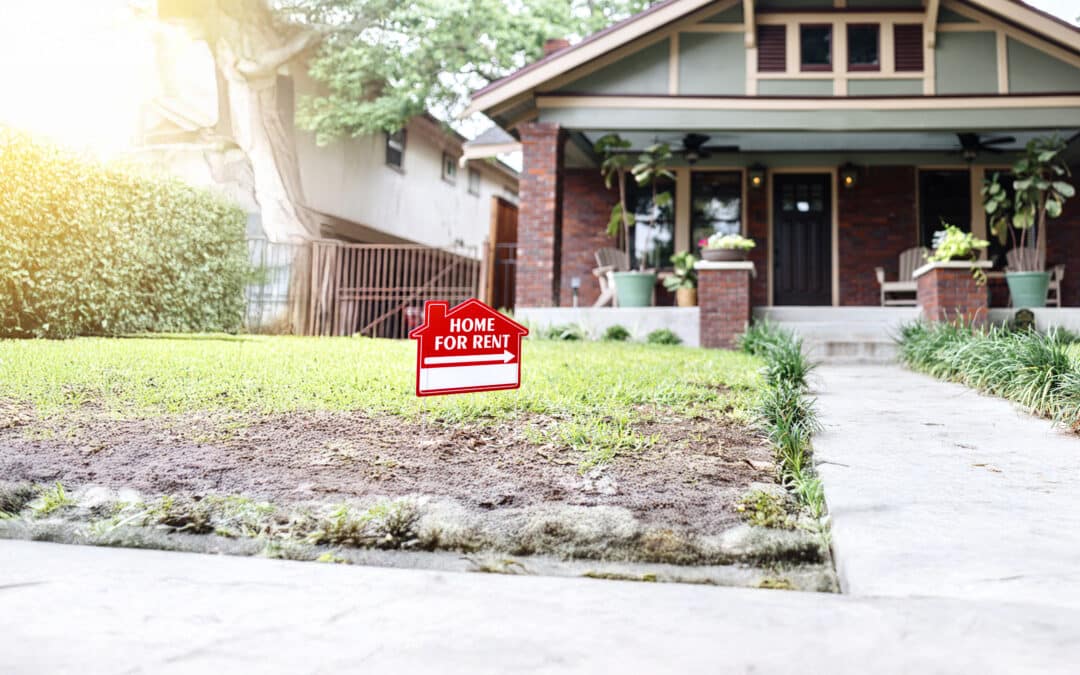





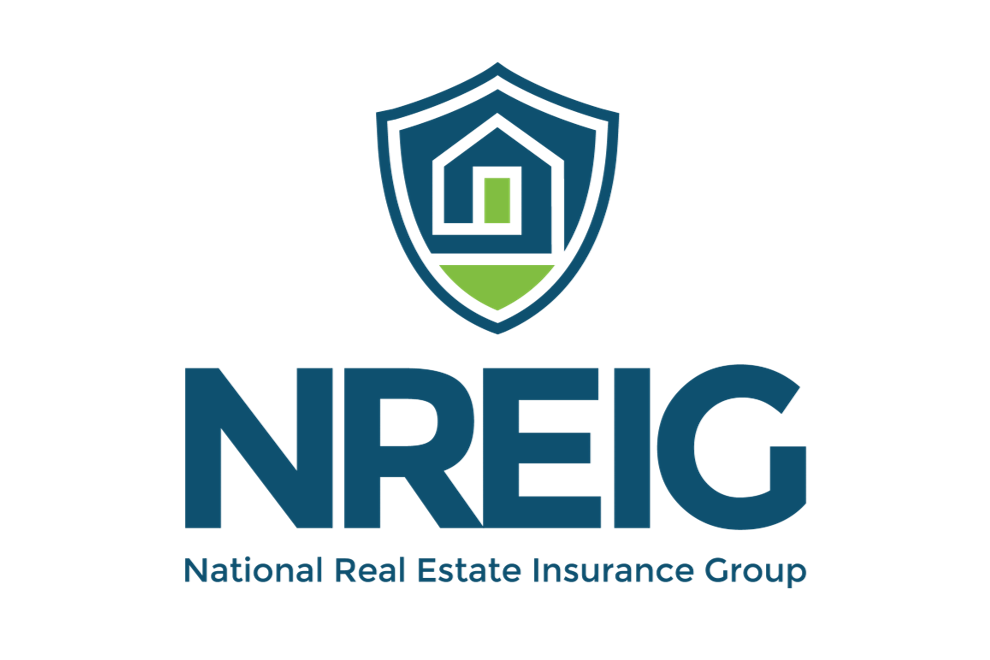


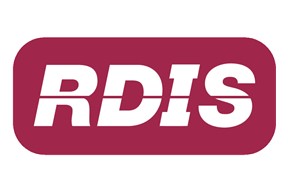
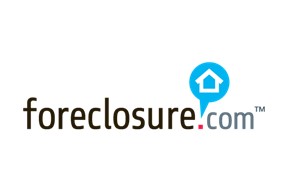
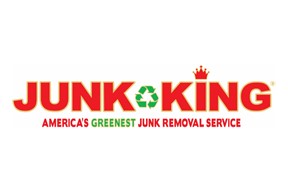

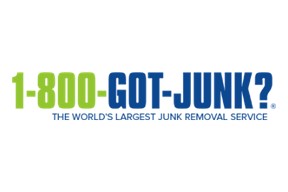

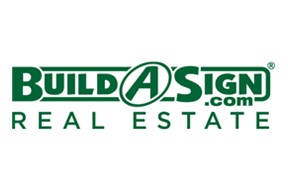


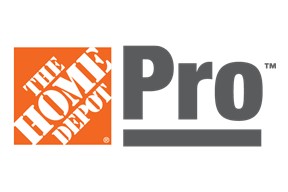

0 Comments